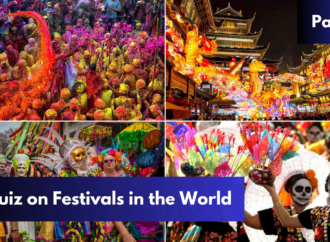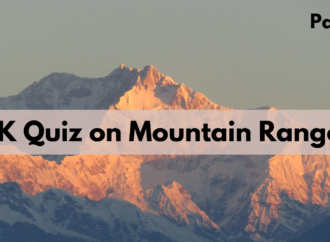Countries and mega-cities across Asia are highly exposed to natural hazards ranging from cyclones to earthquakes, but people in sub-Saharan Africa are more vulnerable, according to a report.
- Nearly 1.4 billion people in South Asia — India, Bangladesh, Pakistan — face at least one major threat from nature, especially flooding, severe storms boosted by rising seas, and quakes.
- In the case of Bangladesh, 100% of its population is exposed, compared to 82% for India and 70% in Pakistan.
- China, Indonesia, Japan and the Philippines are also among the nations with the largest numbers of people in harm’s way.
- The United States, Mexico and Brazil round out the top ten.
- When it comes to vulnerability, however, Africa is the continent where people are most likely to suffer injury, disease and death as a result of natural disasters, according to the Natural Hazards Vulnerability Index from risk analysts Verisk Maplecroft.
- The capacity to cope with disaster can determine whether a high-magnitude earthquake, for example, will cause hundreds of deaths, as happened in Chile in 2010, or hundreds of thousands, as befell Haiti in the same year.
- Nine out of ten countries ranked as most vulnerable to natural hazards in the index are in sub-Saharan Africa, and 23 of 25 are on the continent.
- South Sudan — plagued by drought and war — heads the list of the countries most defenceless against disaster, followed by Burundi, Afghanistan, Eritrea, Chad, Niger, Sudan, Mali and the Democratic Republic of Congo.
- Among mega-cities, Manila — facing a triple threat from cyclones, superstorms and earthquakes — tops the list of urban areas with the highest number of people exposed.
- Tokyo and Jakarta and in second and third place, with Dongguan in southern China, Dhaka and Kolkata following close behind.
- Mexico City, Delhi and Sao Paulo all have huge populations exposed to major storms.
















